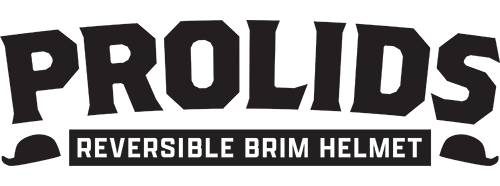Helmet Strap Features – What to Know
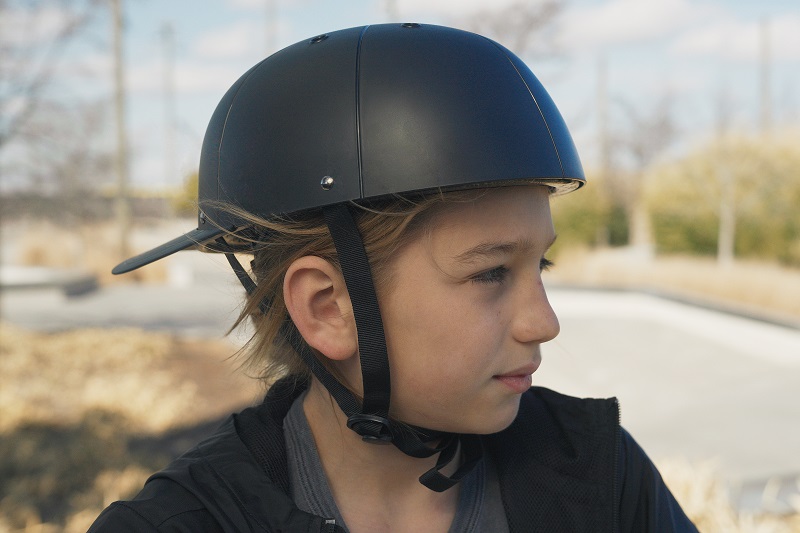
Helmet straps are very important. The straps hold the helmet’s shell in place, ensuring you remain as protected as possible. However, not many of us know the different parts of the straps and what they do. We should learn helmet strap features to optimize safety levels.
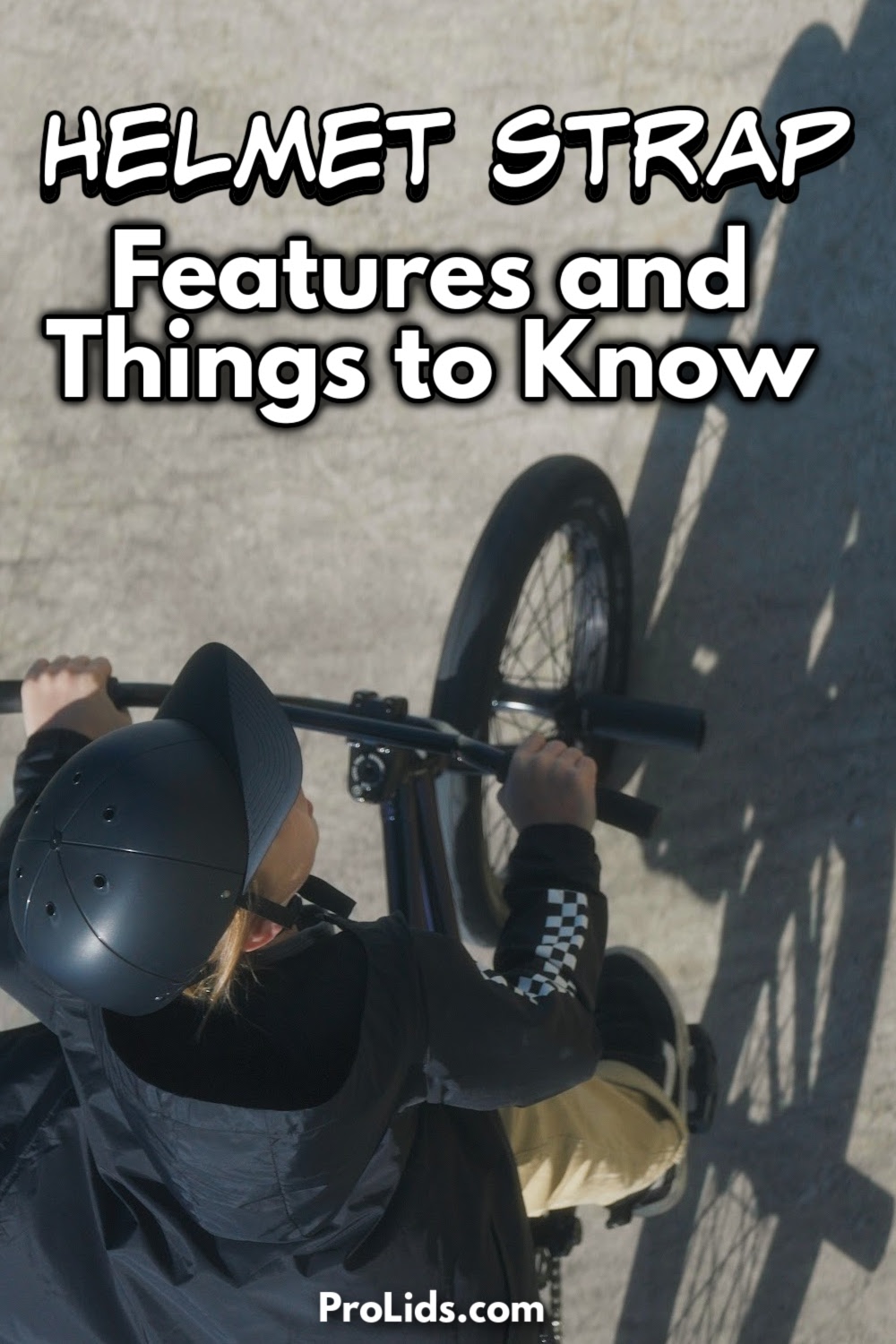
Helmet Strap Features – What to Know
Helmet strap features help keep us as protected as possible while riding, but do we know all the different parts? Helmets are made up of a few different parts. ProLids are the same, though the appearance and style of ProLids helmets are different.
ProLids helmets have the shell, the fitting system, the liner, and the straps. The shells vary from helmet to helmet; they are the most distinguishable part of any helmet. The fitting system is a somewhat newer idea that has helped with finding the right size and making helmets last longer.
The liners do a lot of the heavy lifting, absorbing shock and adding cushion for the head. Then there are the straps, which are made up of three different parts. Each part of the strap is important as they are meant to keep the helmet secure on the head in the event of a crash.
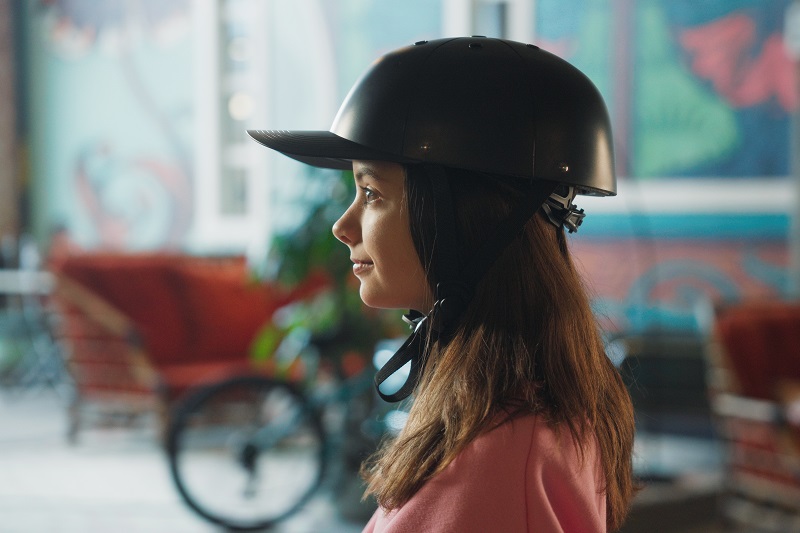
Chin Strap
Every helmet technically has two straps, one on each side of the helmet. However, they also have a connection device, usually a buckle that combines the two side straps into one strap. The part of the strap that goes under the chin is the chin strap.
The chin strap is where the strap secures and should remain comfortably tight. The chin straps hold the helmet in place and keep it secure. You won’t do a lot of adjusting to the chin strap. Adjusting the size is a two-part job with the fit system and another part of the helmet strap.
Still, the chin strap is one of the most important helmet strap features you will find on your helmet.
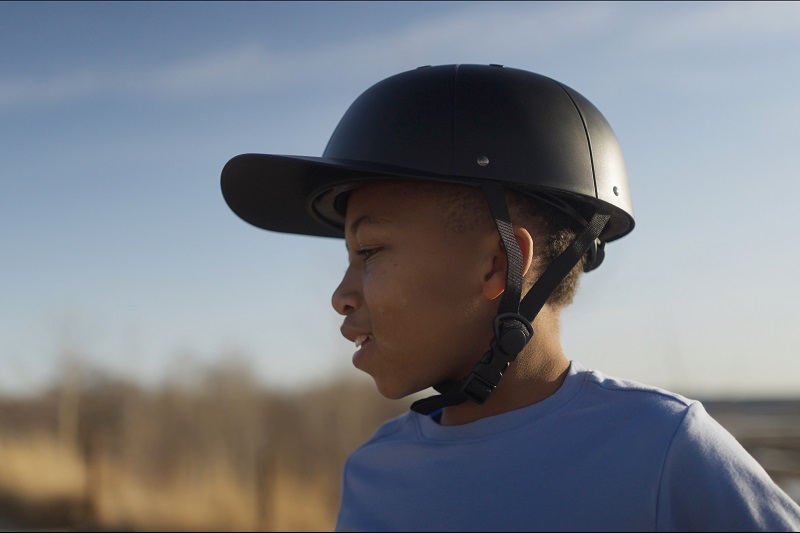
Strap Divider
The next part of the helmet strap requires a bit more of an explanation. We already know that there are technically two straps, one on each side of the helmet. However, you may notice that each side strap makes a “y” shape where the straps are attached to the helmet.
This opening is very important as it helps you determine if the fit of the helmet is correct. The goal is to adjust the straps on either side until the “y” of the side straps meet just below each ear. The helmet should be in the correct position when the buckles are together and the “y” is just below each ear.
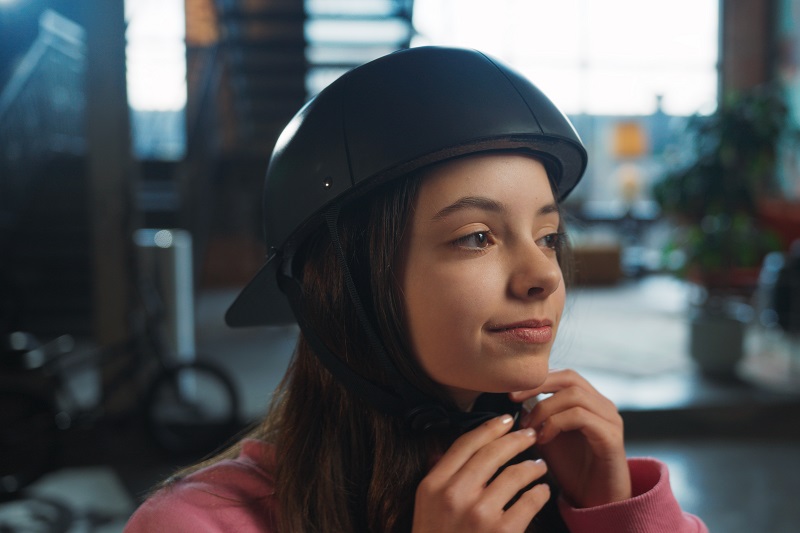
Buckle
We’ve mentioned it a couple of times in describing the different helmet strap features: the buckle. The buckle is what makes the two side straps into one chin strap. The buckle is also a hot point of contention with most parents and their kids.
Fitting a helmet means having that buckle tight against the bottom of your chin. We don’t want the buckle to be too tight against our chin, but tight enough to keep the helmet in place on our head. Kids often find this buckle to be uncomfortable and complain about it hurting.
We must find the right balance between comfort and tightness to ensure our kids stay as protected as possible.
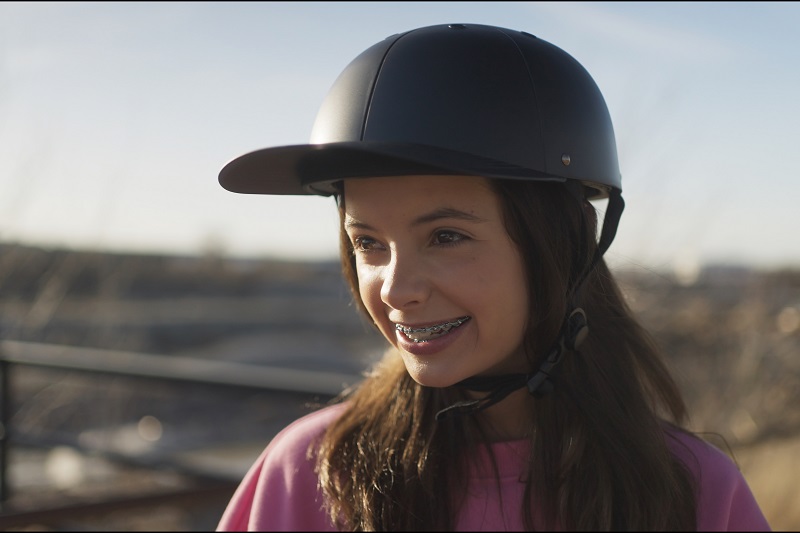
ProLids Helmets
Fitting a kid’s helmet is not always an easy task. Kids often complain about comfort or appearance when it comes to wearing a helmet. But every aspect of a ProLids helmet is designed with kids and their safety in mind. This means ensuring protection but also comfort.
Our helmets are designed to look very different from the rest, which gets kids excited about wearing a helmet. But the buckles on the straps also go slightly to the side of the chin, making for a more comfortable fit.
ProLids helmet strap features are all around the easier option for both kids and their parents.
